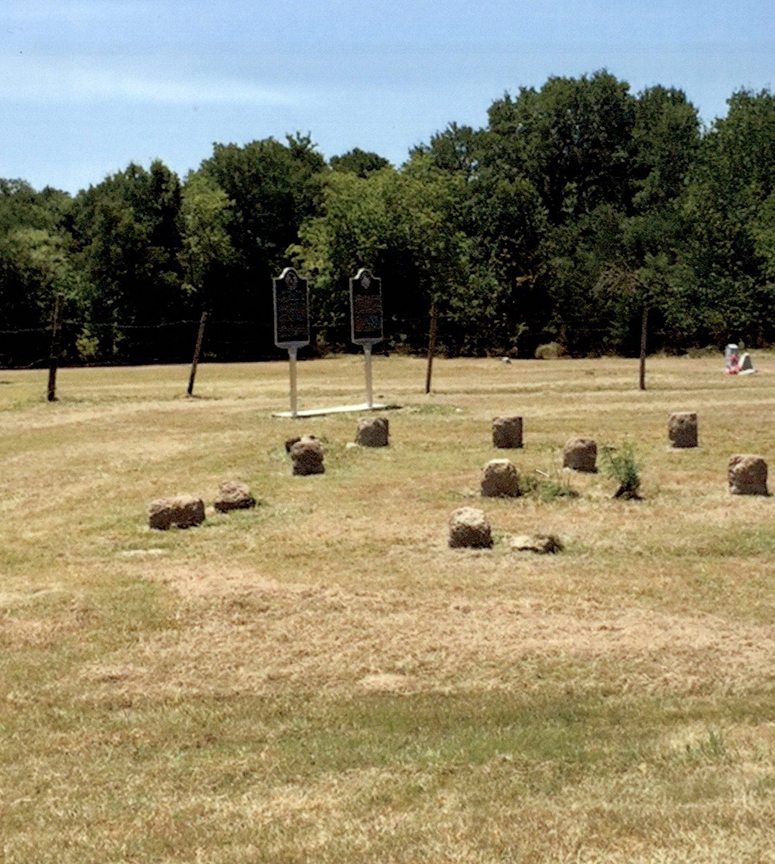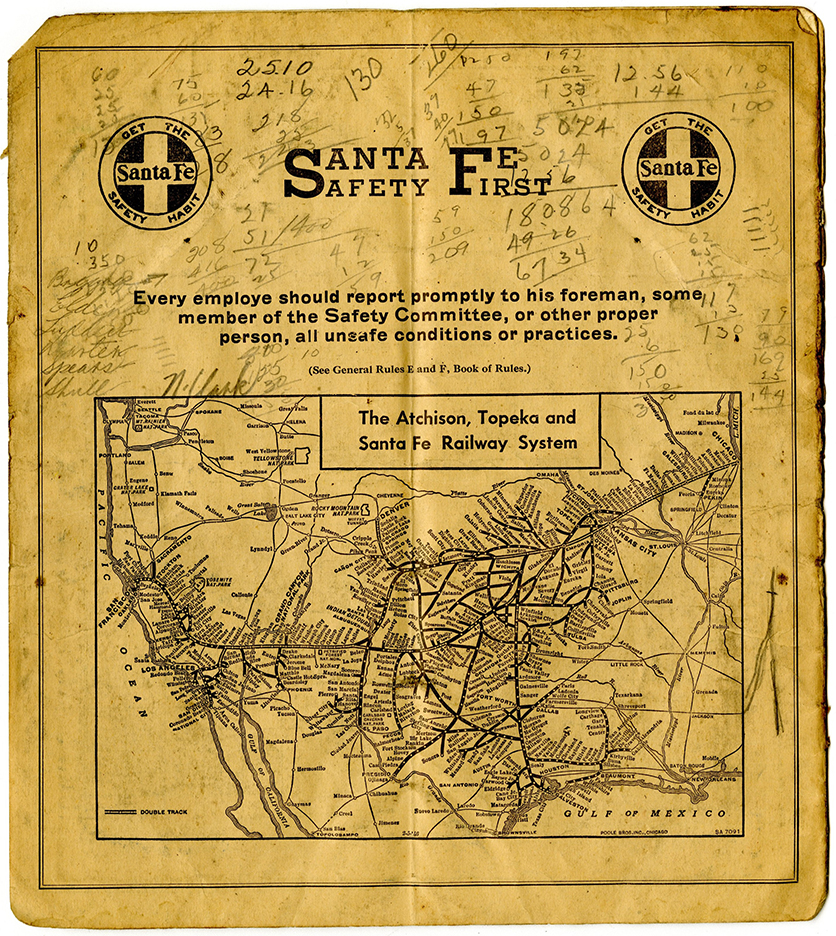by Leanna Barcelona, University Archivist

Seventy years ago on January 24, 1948, three Texas cities became one. Formerly known as the “Tri-Cities,” the towns of Baytown, Goose Creek, and Pelly unified as what is known known as the city of Baytown.
Goose Creek Oil Field was discovered in the 1910s, which allowed for rapid growth in both the economy and population in neighboring communities, Pelly and Baytown. With the construction of an oil refinery, jobs were created and many people flocked to the area. Around the time the oil was found, Humble Oil and Refining Company built their refinery in the Baytown area. Today, this refinery is one of Exxon-Mobil’s largest refineries. The oil company, in conjunction with World War II, helped bring the Tri-Cities together.
Ralph Fusco, in his chapter titled “World War II’s Effects on Consolidation” in the book, Baytown Vignettes, describes how Baytown came to be:
“Despite such storm beginnings, these feelings slowly subsided and the construction and subsequent wartime expansion of the refinery proved the beginning of a stable community. Even with the seeds of unity planted by the formation of the Humble Oil and Refining Company, sectionalism hung on in several towns that survived. It took the drastic and rapid changes brought about by World War II to weld these separate districts into a single homogeneous city. While these changes initiated the breakdown of the old social, economic and geographic barriers, they also encouraged the ultimate consolidation of Goose creek, Pelly and Old Baytown into the present day city Baytown. Through precipitating these changes, World War II provided the catalyst that sped this consolidation.

The many changes in this community due to the war effort included the government funded expansion of the Humble Oil and Refining Plant. The company received the first government contracts for toluene (toluol) production, an intrinsic part of the make up of TNT, in 1941. The toluene project, built on Humble Refinery sites at the cost of twelve million dollars, employed two hundred people, and included a barracks that would accommodate three hundred workers.
World War II, with its rationing, increased demand for industrial output, and creation of new employment opportunities caused the Tri-Cities area to grow and served to unite the area. New people coming into the area helped combine the separate groups that existed before the war into a single more homogeneous group. old geographic boundaries were being rapidly erased, and old community isolationism disappeared. Rapidly occurring changes lent a feeling of oneness to the area. In this sense World War II became a major contributing factor for change when earlier attempts at consolidating the Tri-Cities had failed. In 1949 the are communities joined and incorporated into one city, the City of Baytown.”
At The Texas Collection, we collect materials related to any Texan town. Click here for more resources available on Baytown, TX and stay tuned for more Today in Texas blog posts to come!

![Cunningham, Eugene. Famous in the West. El Paso, TX: Hicks-Hayward Co., [1926]. Print.](https://farm5.staticflickr.com/4737/27679186229_438e5ec3a1_o.jpg)
![College, Belton: For Women. [Belton, TX?]: [publisher not identified], [between 1925 and 1929?]. Print.](https://farm5.staticflickr.com/4735/38748265324_f4cffd98a7_o.jpg)
![Waco 52 Playing Cards. [Waco, TX]: [publisher not identified], [2017]. Print.](https://farm5.staticflickr.com/4646/39426131812_df48b1b35b_o.jpg)



![Ellis, Edward Sylvester. Lightning Jo: The Terror of the Santa Fe Trail. New York: Beadle and Adams, [1874]. Print.](https://farm5.staticflickr.com/4490/37343412066_4a2746c1b7_o.jpg)


![Fourteenth Annual Panhandle-Plains Dairy Show: Premium List. [Plainview, TX]: [publisher not identified], 1941. Print.](https://farm5.staticflickr.com/4354/36065783204_711d47982e_o.jpg)
![The Story of the S·M·S Ranch. [Stamford, TX?]: [Swenson Bros.?], [1919]. Print.](https://farm5.staticflickr.com/4378/36503321190_45891d11e8_o.jpg)
![San Antonio, Tex. New York: Rotograph Co., [1905]. Print.](https://farm5.staticflickr.com/4353/36065783214_53b724bea2_o.jpg)

![Sullivan, John H., Jr. "Gun-play" by the World's Fastest Revolver Shot "Texas Jack.” [United States]: [publisher not identified], [between 1932 and 1937]. Print.](https://farm5.staticflickr.com/4323/35483069393_446e44e273_o.jpg)
![West-Texas: Das "Land der Gelegenheiten.” [Dallas, Texas?]: [publisher not identified], [1906?]. Print.](https://farm5.staticflickr.com/4313/35483069453_4623250a2f_o.jpg)
![Texas Prohibition Songs. Waco, Texas: Published and for sale by B. H. Simpson, [between 1900 and 1935?]. Print.](https://farm5.staticflickr.com/4326/36155260131_fd4d95bb10_o.jpg)







